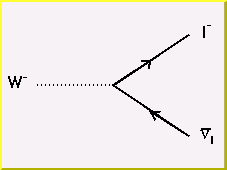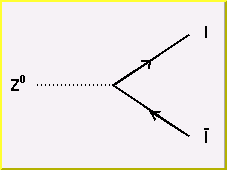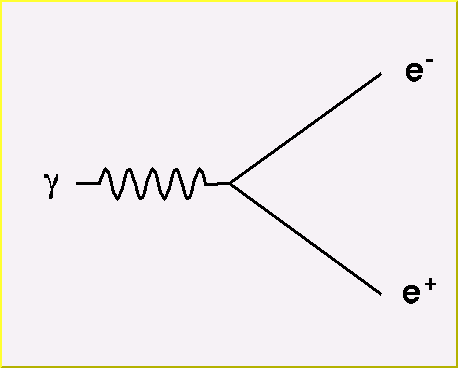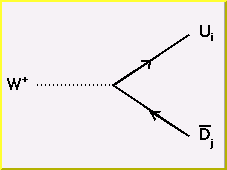

Quantum Electrodynamics (QED): the basic interaction vertex

Quantum Chromodynamics (QCD): the basic interaction vertex

The Weak Force: the basic interaction vertices




The fundamental charged vertex couples a W with an up-type quark and a down-type quark. The up-type and down-type quarks can come from different generations, i.e. u with s, d with c, or c with b. The allowed amount of cross-generational coupling is determined by the Cabibo-Kobayashi-Maskawa (CKM) matrix.
The picture is that the quarks that form hadrons are mass eigenstates, while what couples to the W and Z are the weak eigenstates, and for the quarks the two are not lined up. By convention we choose our phase such that the up-type quarks have no mixing between mass eigenstates and weak eigenstates. Then the weak eigenstates of the down-type quarks are linear combinations of the mass eigenstates given by:
| d' | = | Vud | Vus | Vub | d |
| s' | Vcd | Vcs | Vcb | s | |
| b' | Vtd | Vts | Vtb | b |
 Some additional diagrams are needed to complete the electroweak theory.
The two most important are the WW
Some additional diagrams are needed to complete the electroweak theory.
The two most important are the WW